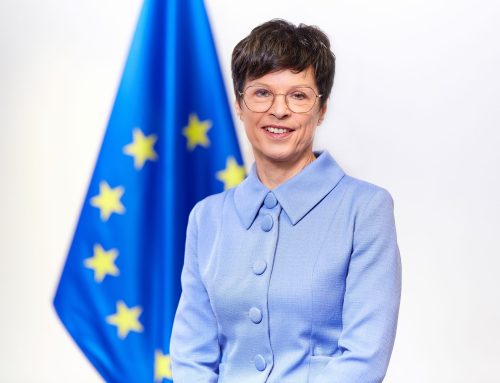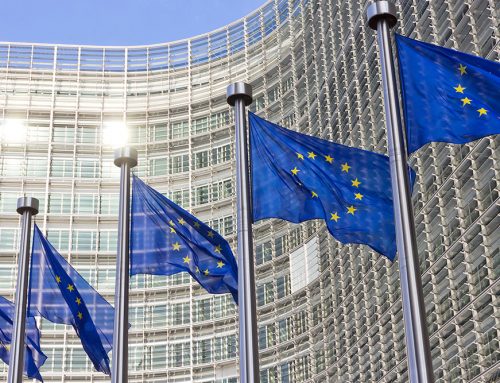During the years 2010-2012, EU Member States registered 30 146 victims of trafficking in human beings. Behind this number are human tragedies, broken hopes and destroyed plans for a better life. During the same period, 8 551 prosecutions against traffickers were reported across the EU. 80 percent of victims of trafficking were female, and over 1 000 child victims were registered as trafficked for sexual exploitation. This data is part of a statistical report on victims and perpetrators of trafficking released today by the European Commission. A report also shows that many concrete measures against this severe human rights violation have been undertaken during 2010-2014, such as better cooperation with civil society, and guidelines issued to border authorities and other stakeholders on how to better identify victims.
Marking the 8th EU Anti-Trafficking Day, the European Commission published a package of three policy documents on trafficking in human beings, pointing out the 2012-2016 EU Strategy towards the eradiction of trafficking of human beings.
Trafficking in human beings is a grave violation of human rights and a serious form of organised crime and addressing all forms of trafficking in human beings is a priority for the EU and its Member States.
European Union has adopted a comprehensive legal and policy framework to address the trafficking in human beings, which is human rights based, victims centred, gender specific and child sensitive.
This framework is anchored in protection of victims, prevention of trafficking and reduction of demand that fosters all forms of exploitation, prosecution of traffickers.
The legislative framework is accompanied by a dynamic policy framework under the EU Strategy towards the Eradication of Trafficking in Human Beings.
The Strategy sets out 5 priorities and 40 concrete actions for the Commission, EU Agencies and the Member States. It also links cooperation with third countries – a key in addressing trafficking in human beings effectively – to the GAMM (Global Approach to Migration and Mobility).
The Commission in its role of Guardian of the EU treaties will continue monitoring the implementation of EU law addressing trafficking in human beings and continue implementing the EU Strategy until 2016.
In April 2013, the Commission published its first statistical working paper on the EU level covering the years 2008-2010, which includes official statistics submitted by EU Member States.
The majority of the identified and presumed victims are women; 39% of the victims are non-EU citizens and most victims are for sexual exploitation (62%) followed by labour exploitation (25%) and other forms of human trafficking (14%), the data showed.
The package published on October 17 includes Mid-term Report on the Implementation of the EU Strategy towards the Eradication of Trafficking in Human Beings 2012-2016 and second Eurostat working paper on Trafficking in Human Beings, with statistical data gathered across the EU.
It also offers the report on the Implementation of the Commission’s directive that regulates the granting of a residence permit to non-EU victims of trafficking who cooperate with the authorities for the investigation and prosecution of the alleged traffickers.
Link
http://ec.europa.eu/anti-trafficking/Events/8th_EU_Anti_Trafficking_Day



